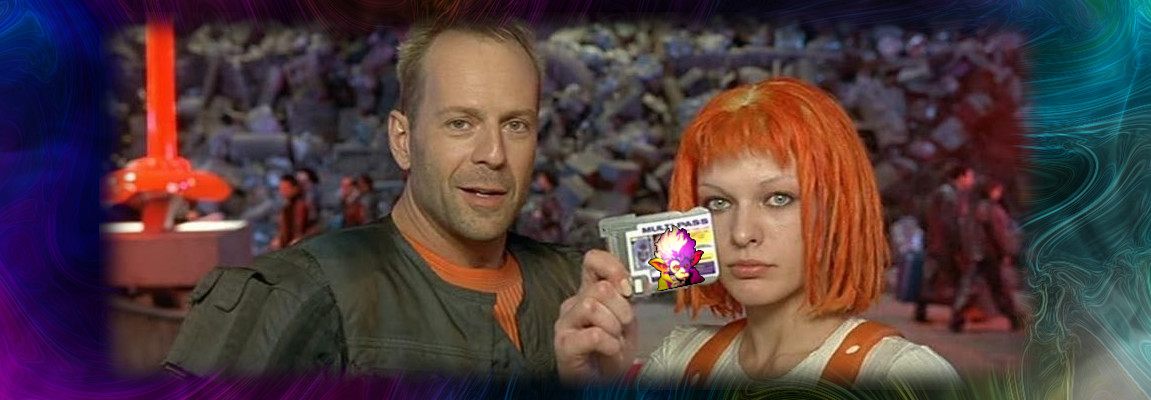Introducing the Monkey Hi Hat Music Visualizer
A customizable audio-reactive music visualizer
This is just a quick introductory article for my new music visualization program, Monkey Hi Hat. If you’re old enough to remember WinAmp and viz plugins like the famous MilkDrop, this program is for you. The main difference is that visualizers are relatively easy to create and modify. They are OpenGL-based vertex and fragment shaders, and my eyecandy library intercepts any audio output (we use Spotify) and converts the data to various types of input textures the shaders can read.
This YouTube video is about 3 minutes long and shows short clips of a handful of the available visualizations. (Unfortunately, even though it was uploaded at 720P 60FPS, the YouTube video compression artifacts are pretty terrible. The real thing is very crisp and smooth.) The repository download section provides many, many more visualizations, and of course, you can create your own (and share them in my repo!)
Update 07-2025: YouTube took down the videos for copyright infringement. 🙄 However, the Monkey Hi Hat repository’s README page has some embedded video clips of the same content in the Sample Videos section. Google sucks.
The visualizer runs on Windows 10, Windows 11, and has been tested on a Raspberry Pi 4B using the Debian 11 “Bullseye” variant (32-bit). (Note: Future versions will drop Raspberry Pi support because this requires supporting the ancient OpenGL ES 3.2, which prevents the multi-pass rendering support I intend to add later. The Pi 4B GPU wasn’t very good anyway, and of course, the 1.x releases will always be available. Maybe the Pi 5 will have something better.)
Additionally, a GUI remote control program called Monkey Droid is available for Windows and Android devices, allowing you to control Monkey Hi Hat while it runs full-screen on another computer.
Finally, a decent “starter pack” of visualizers is available through my Volt’s Laboratory repo. Nearly all of these were migrated from ShaderToy or VertexShaderArt
Getting Started
All of these binaries and files can be found on the releases page of the Monkey Hi Hat repository.
Some configuration steps are required, so be sure to check the Windows and Linux quick-start instructions on the Monkey Hi Hat wiki.
More Coming Soon…
I’ll be writing several articles about these programs and their constitutent libraries. Many technologies are covered, ranging from OpenAL audio capture, to OpenGL shaders, updates to my own CommandLineSwitchPipe library, and even the relatively new .NET MAUI cross-platform user interface framework.
Meanwhile, there is a huge amount of information in the README and wiki pages of each of the repositories mentioned above that should keep the technically-curious busy for some time.
Update: Article Links and Version 2.0
On Sept 8th, I released version 2.0, which is a fairly major upgrade. I reorganized a lot of the code to improve maintainability, performance, and to support some features I’d like to implement later. I also added a smooth crossfade between visualizations, and support for more complex “multi-pass” visualizations. The afforementioned deprecation of Raspberry Pi support and also anything 32-bit or OpenGL older than 4.6 is in effect. I do intend to support modern Linux devices, I just haven’t had time to do any builds or testing.
Here are the available and planned articles relating to this application:
- Monkey Hi Hat and the Eyecandy Library (Aug-31)
- Monkey Hi Hat and Eyecandy Audio Textures (Sep-01)
- Architecture of the Eyecandy Library (Sep-03)
- Inside the Monkey Hi Hat Music Visualizer (Sep-08)
- Monkey Hi Hat Multi-Pass Rendering (Sep-09)
- Monkey Droid GUI for Monkey Hi Hat Music Visualizer
- TCP Support for CommandLineSwitchPipe
I hope folks out there discover, enjoy, and perhaps even contribute to this application. Let me hear about it!



Comments